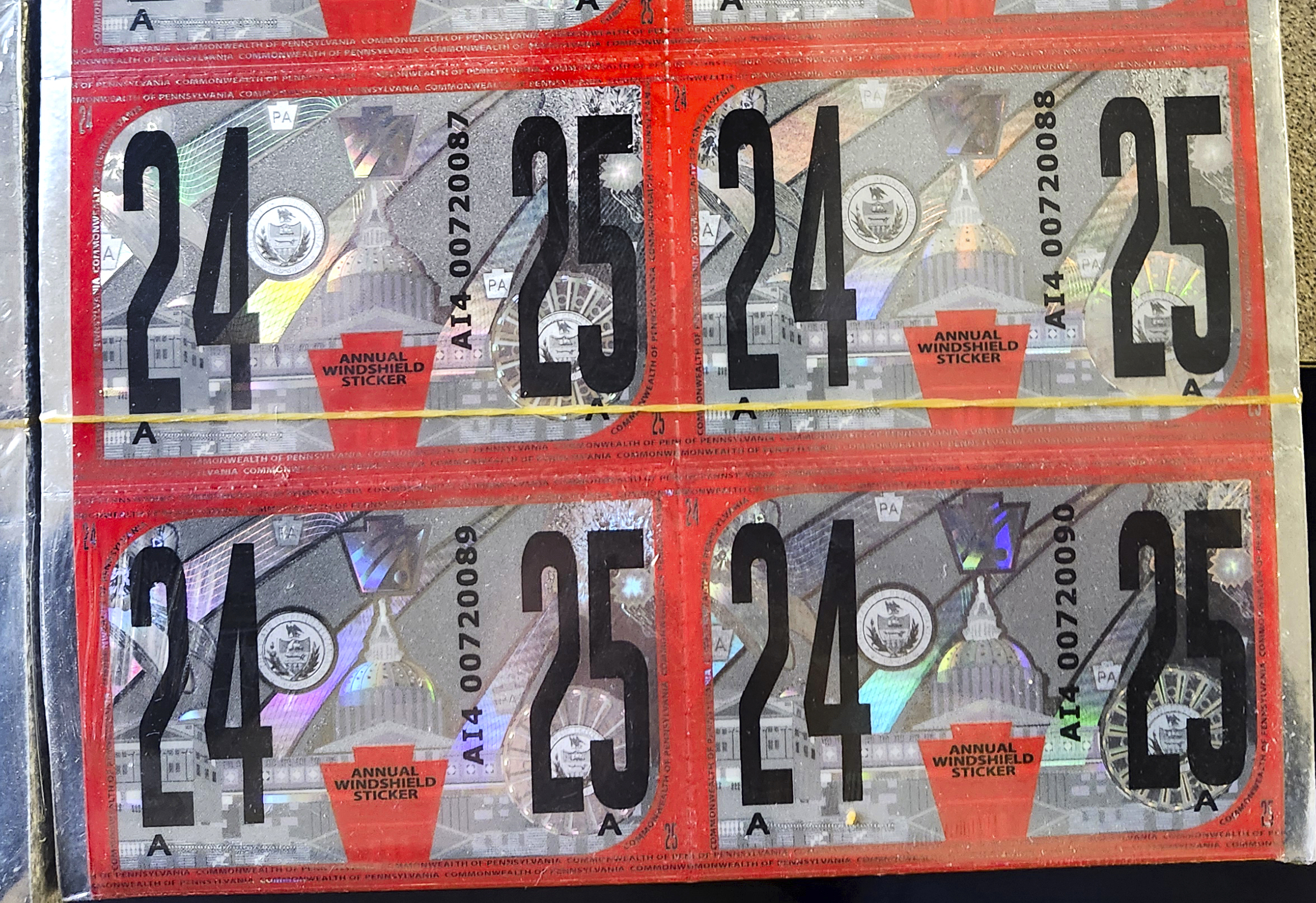For many Americans, the commute to work involves dreary slogs through traffic and crowded subway trains, but some European ports offer a tantalizing glimpse into the future of sustainable electrical transport that will transform urban waterways.
In Stockholm, commuters have the option to glide into the office on electric ferries like the Candela-manufactured P-12, a vessel designed with hydrofoil technology that moves quietly and quickly along the water's surface and emits 97.5 percent less carbon dioxide than comparable diesel-powered craft.
Bob Kunkel, a marine engineer, has designed everything from large diesel-powered cargo ships to smaller hybrid and electric passenger ferries. He's an evangelist for sustainability in the shipping industry and would love to see an all-electric fleet of passenger ferries in major urban areas. But he says the electrification of ferries and cargo vessels has many hurdles to overcome, including a lack of charging infrastructure, outdated ports and a skeptical customer base.
For example, he notes that the hydrofoil technology used in Stockholm isn't an easy fit for American ports because of speed restrictions in U.S. harbors and polluted waterways that could damage the hydrofoil mechanism.
"Ferries have a very difficult business model," Kunkel says. "You need to be able to offer the customer something they don't already have, like a cost-efficient commute that is faster than a car or subway. Right now, we don't have the infrastructure to make that happen. That doesn't mean we can't get there."

In late October, the U.S. Environmental Protection Agency (EPA) announced the Clean Ports Program, which addresses many of these issues. The EPA will disseminate $3 billion in grants to reduce diesel pollution and promote zero-emission technologies in ports nationwide.
Much of this money will go to heavy cargo infrastructure, but some port cities, including New York, which have already begun to invest in zero-emission passenger ferries, could see an acceleration of those efforts. Washington state, for example, has pledged to convert its existing ferry system, currently the largest in the U.S., to an all-hybrid electric fleet by 2040.
Speaking at the Port of Baltimore on October 29, President Joe Biden said, "Ports are the lynchpin to America's supply chain. They keep goods moving. They keep the economy strong. And they employ over 100,000 union workers, from teamsters to longshoremen. But for too long, they've run on fossil fuels and aging infrastructure, putting workers at risk and exposing nearby communities to dangerous pollution."
The biggest obstacle remains a lack of charging infrastructure. Cargo freighters and cruise ships, for instance, are often unable to connect to a port's electrical grid and must instead idle, relying on their onboard generators powered by massive diesel engines, which can lead to significant emissions and pollution.
While ferries don't have the same charging requirements as heavier ships, many companies are building redundancies into their crafts to ensure longer trips and less time at the charging station: Many ferries are powered by both batteries and diesel engines that can be used to offset one another. It's not the zero-emission fleet many would like to see, but it is a cleaner alternative.
"We have to remember that while ferry technology is more than a hundred years old, electric ferries are relatively new," says Kunkel. "We need to educate the public about the downstream advantages electric boats provide, like less pollution and lower operating costs."
While technology is improving and expanding rapidly, there is no quick fix for the challenges electric ferries face. However, there are exciting workarounds.
For his part, Kunkel was inspired by a grandfather who worked as a butcher in the Bronx and another who owned a chicken farm when he created a sustainable culinary freight service called the Harbor Harvest. The electric vessel ferried fresh farm-to-table produce and meat from Connecticut and upstate New York to restaurants in the Hamptons in about two hours roundtrip, less than half the time it would take a truck to make the same trip via interstate highway—reducing both carbon emissions and traffic congestion in the process.
After launching in 2019, Harbor Harvest was a victim of pandemic-era restaurant closures and has suspended operations, but Kunkel believes the model is ultimately sound and, importantly, environmentally conscious.
He also points to the success of Maid of the Mist, two electric ferries that service Niagara Falls. The emission-free catamaran vessels can carry 600 passengers at a time, who enjoy a quiet, fume-free and smooth crossing. The trip consumes approximately 38 kilowatt-hours of power, and while it's not a long journey, the ferries can charge at the dock using locally generated hydroelectricity in about seven minutes, roughly the time it takes to load and unload passengers.
As the work continues to update infrastructure, the key to adoption may be educating the public about the benefits of a greener maritime industry. "You've got to develop a customer base that is proud to travel on emission-free vessels," Kunkel says.




















 English (US) ·
English (US) ·